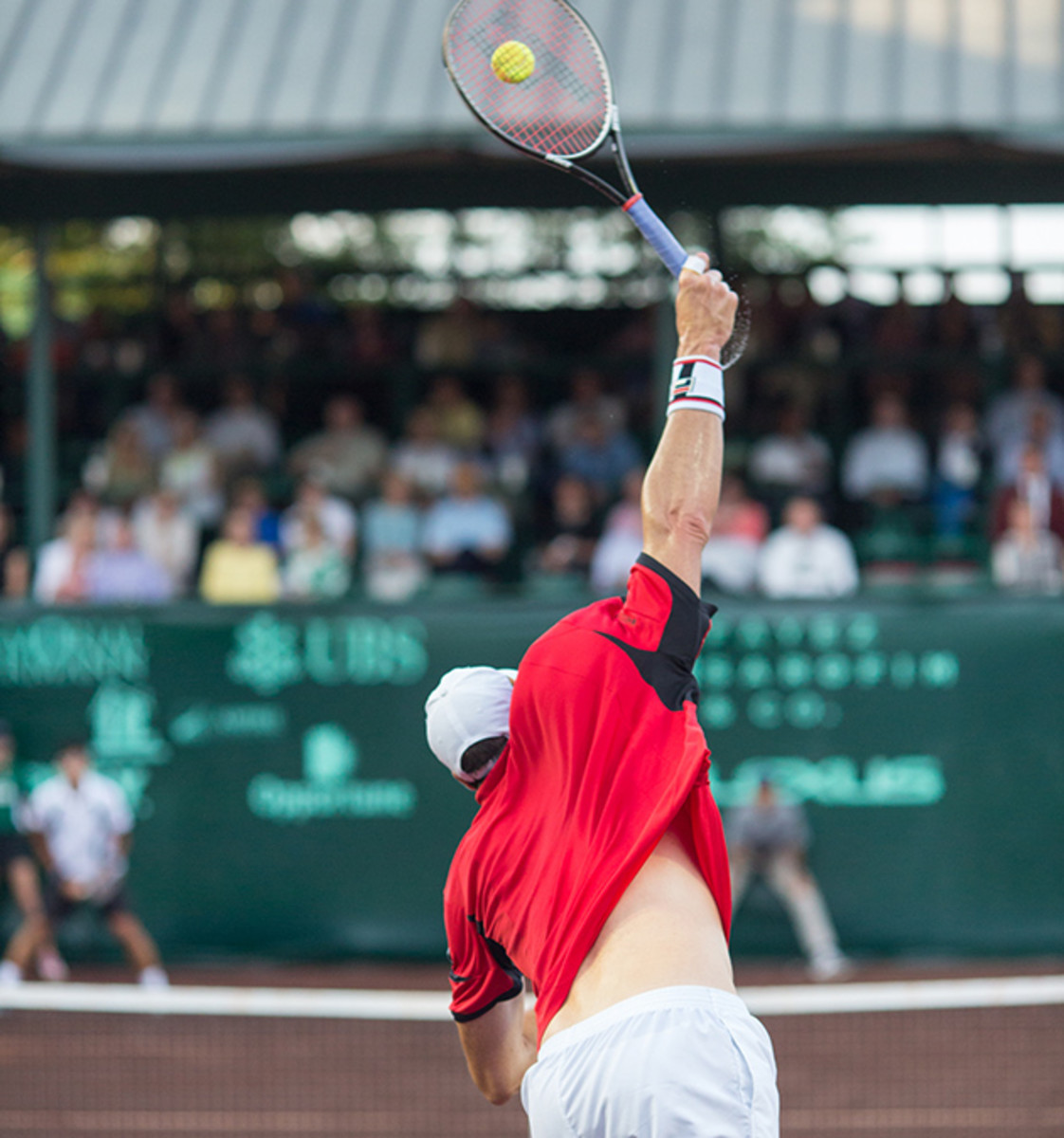When tennis serves are viewed with ground level video cameras or mental images are formed by what is actually seen when serving, the true angles are not well known. Toly created a single composite picture that shows the hand path, racket head path and ball trajectory in a useful way. I am still surprised at the relationship between those 3 angles and how large they are for a high level serve.
Also, to see overhead
videos of serves, Google search or forum search for Fuzzy Yellow Balls videos of Frank Salazar kick, slice and flat serve. These show a different world of angles for the serve. When you serve you are standing in the middle and rotating and how you point head each millisecond determines what you see. I guess if the head moves in one unknown pattern and the hand, racket and ball move in other unknown paths, things can get confusing for mental images...... I like to think of the serve relative to the ball's trajectory - often the camera aligned looking along the trajectory is useful. ('behind view' showing bounce). Also, the camera angle looking perpendicular to the ball's trajectory. ('side view' often at impact of the ball's trajectory)
Look at the angles from a high camera view. ISR initiates at the lower red arrow and impacts the ball at the higher red arrow.
You can make pictures showing trajectory, hand path and racket path from your videos with Kinovea, a free, open-source video analysis program. Kinovea is great for all sports.
I have discussed camera angles and other considerations for videoing tennis strokes and posted often.
If you don't look, you don't see..........









